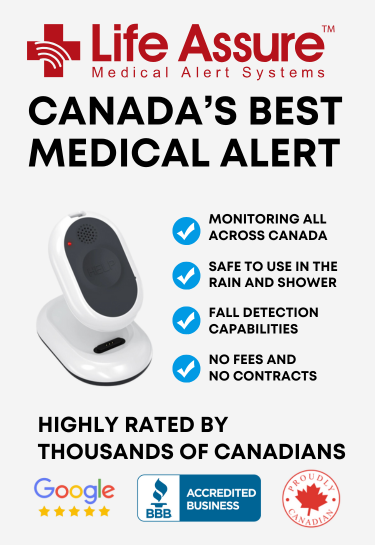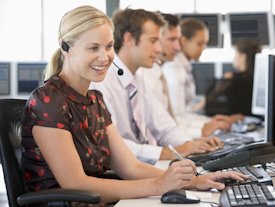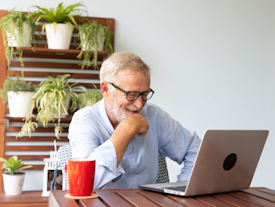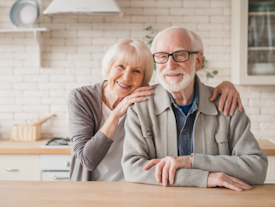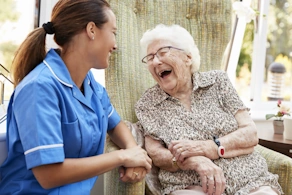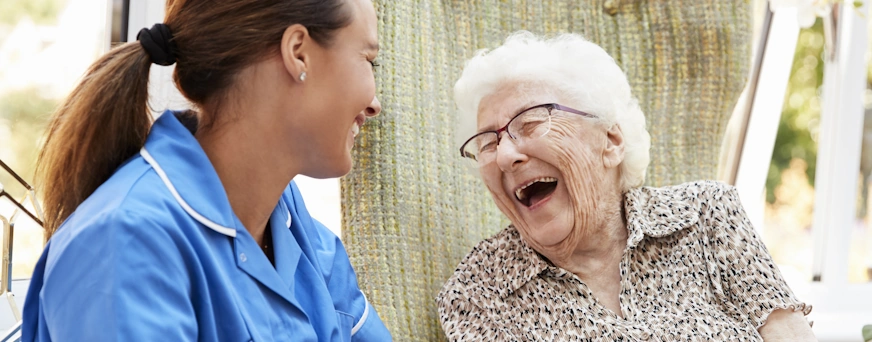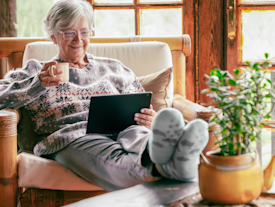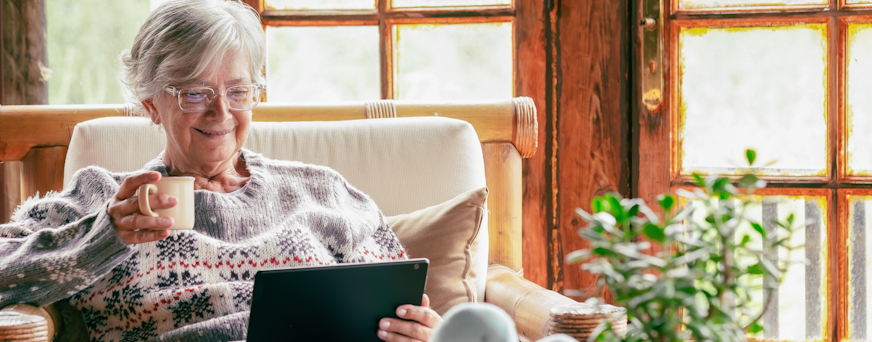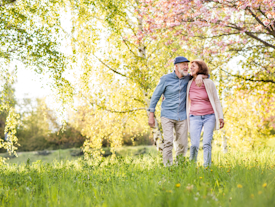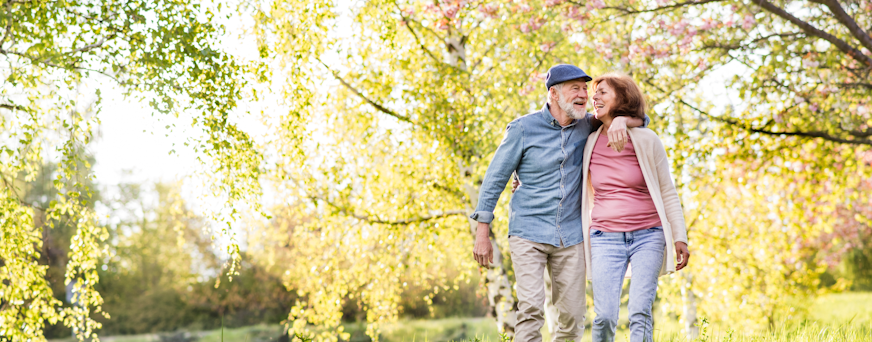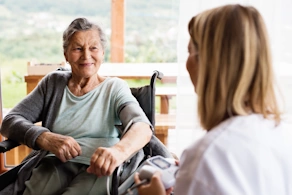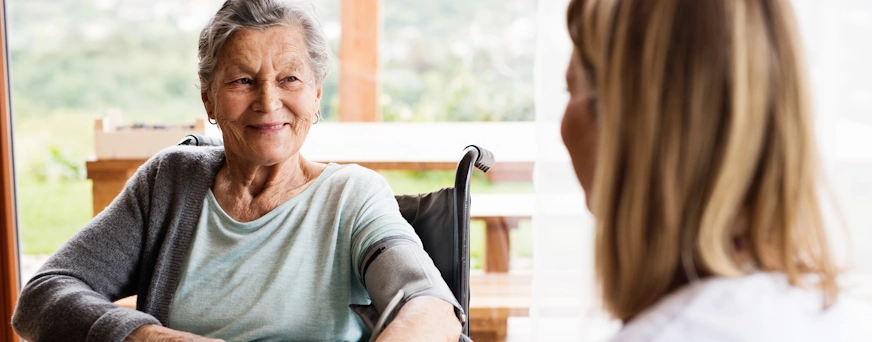Creating a Safe and Comfortable Environment for Elderly Home Care
Seniors usually develop physical, cognitive, or emotional issues as they grow old and this causes them to change their living environments. Families and caregivers ought to make the necessary changes so that elderly parents can be on their own while still being protected.
Any way one may look at it, from using ergonomic furniture, appropriate lighting, or enhancing medication management, it is crucial to design a healthy home environment to enjoy the best quality of life.
Due to its vital approach to home care, this elderly home care guide provides some of the most important guidelines and tips to take and enhance elderly residents’ comfort.
Life Assure Product Quiz
Find The Perfect Medical Alert Device
Take our 30 second quiz and discover which Life Assure medical alert device is the right fit for you or a loved one.
Life Assure Product Quiz
Find The Perfect Medical Alert Device
Take our 30 second quiz and discover which Life Assure medical alert device is the right fit for you or a loved one.
Creating a Home That Promotes Seniors’ Independence and Well-Being
Ensuring that elderly occupants get comfortable homes that will enhance their independent living also makes them healthier in the long run. In effect, seniors can perform their daily tasks with little assistance and, therefore, increase their morale.
Mobility, safety, and accessibility should be ensured to reduce the possibility of falls or accidents in the area.
On the same note, preserving a safe environment that comprises seniors ‘emotional and physical boundaries in its pursuit of care for the elderly contributes significantly to seniors’ well-being.
These components, like lighting, temperature, and correctly arranged living space, will improve the quality of life of the elderly and allow them to remain in the home environment for as long as possible.
These home changes are not just for physical safety but also for mental and social practices, which are crucial for the brain.
Tips To Create a Safe and Comfortable Environment for Elderly Home Care
Here are the tips to create a safe and comfortable environment for elderly home care.
Ergonomic Furniture and Equipment
Ergonomic furniture is very important to enhance the comfort of elderly people and help them avoid any physical problems.
The selection of chairs that are adjustable to the spine, hard mattresses, and reclining chairs make it easier for the senior citizen to sit and stand up without causing tension to muscles and bones. Grab bars set alongside the chairs or beds are also helpful when flexing from a standing position or sitting position.
For instance, in seating, some chairs are customized to allow elderly people to have easy access to various places, including the use of beds, which are easily adjusted, wheelchairs, and other equipment.
High-quality furniture enhances comfort and safety during the daily activities of seniors, hence ensuring that they achieve their goals easily.
Non-Slip Surfaces and Flooring
Stumbles are the major threats to frail individuals in homes, and this makes any flooring that prevents slipping surfaces very crucial.
Non-slip flooring can remarkably minimize the likelihood of a slip and fall by placing it strategically in places prone to traffic, such as kitchens, bathtubs, and hallways.
Both the carpets with firm padding or rubber backing underneath help stripping them will help to avoid slipping, especially for endangered species such as hardwood and tile floors, which can be slippery – the latter must be covered with non-slip mats or area rugs.
For bathrooms, one has to use non-slip mats, both within the shower or tub area and outside of it. This paper focuses on the importance of stability and security of surfaces within the home since they can help in the elimination of fall hazards for the elderly.
Adequate Lighting and Temperature Control
For the seniors to be comfortable, the lighting and temperature of the home should be well-checked and adjusted if need be. Dim lighting can greatly contribute to the risk of falling, especially in such regions as stairs, corridors, and bathrooms.
The use of lights with motion sensors and or checking that all the rooms are well-lit at night is very important. Also, it involves the regulation of temperature within the home so that one will not fall sick due to cold or get scorched by the sunshine.
Having control of thermostats, particularly for the elderly, can be easily facilitated, while smart climate control can also increase the chances of regulating temperatures at appropriate times throughout the year.
Anyways, lighting and temperature controls are essential to making a house safe as well as comfortable.
Medication Management and Organization
The administration and management of medications are critical otherwise the patient may miss his or her doses or perhaps develop severe complications due to some form of drug interaction.
Medications need to be taken at the right time and a medication dispenser or pill box separating compartments by days of the week can help seniors and caregivers manage it well.
Socialization and Mental Stimulation
Staying connected and keeping the brain engaged to prevent the deterioration of and are essential for the elderly patients’ psychological and neurological health.
Lack of physical contact, especially for elders, results in depression and loss of some brain abilities; therefore, efforts to encourage group interactions should be made.
Offering means for some diversions such as hobbies, puzzles, or group activities assist in keeping the mind busy, and consequently, this assists in the development of purpose.
Other ways of addressing loneliness are making it a point to take a phone call or receive a visit from a family member or a friend.
Moreover, such measures as scheduling a video call and improving the social media presence can help ensure that seniors do not feel isolated from the surrounding world, friends, and family members.
Regular Health Check-ups and Monitoring
New health checks and constant observations enable the prevention of illnesses and diseases among senior citizens. Taking a regular check-up with the doctor to mitigate any complications is important so that the health complications can be corrected early.
The caregivers should make sure that the seniors go to their appointments and adhere to the doctors’ advice. Blood pressure or glucose monitoring for people at home can be very useful, too, as this will help monitor the status of health at home in case there are changes.
Also, staying connected with the health care workers in case of having any questions or signs guarantees that any issue that may arise will be promptly handled.
Final Thoughts
Providing a safe and comfortable environment for elderly home care is a critical factor to improving their quality of life.
By making the right modifications in the home setting, the seniors can be able to manage on their own without increasing the chances of sustaining injuries. Ensuring safety, comfort, and well-being enables elderly people to be happy and live securely in their homes.


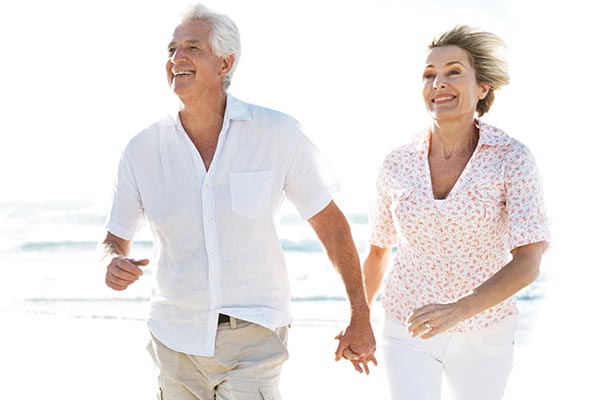
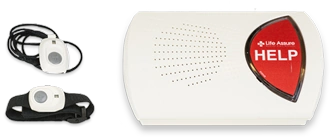

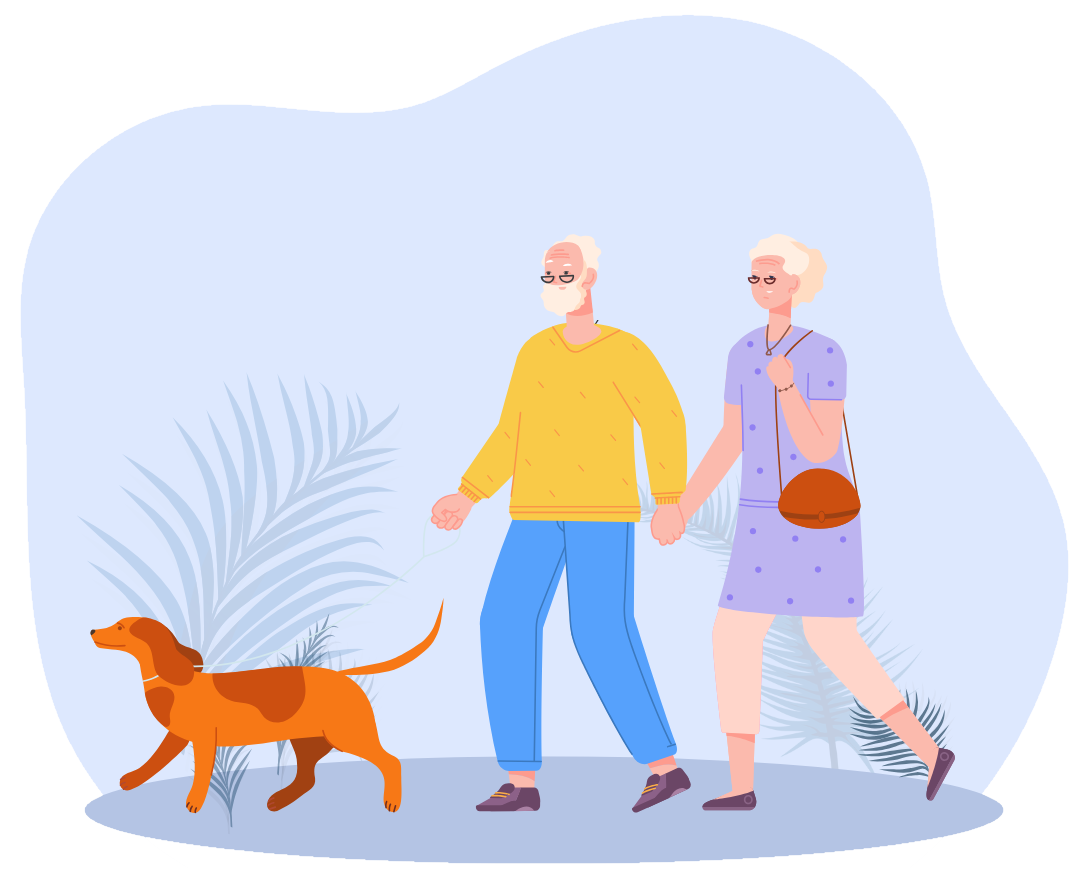
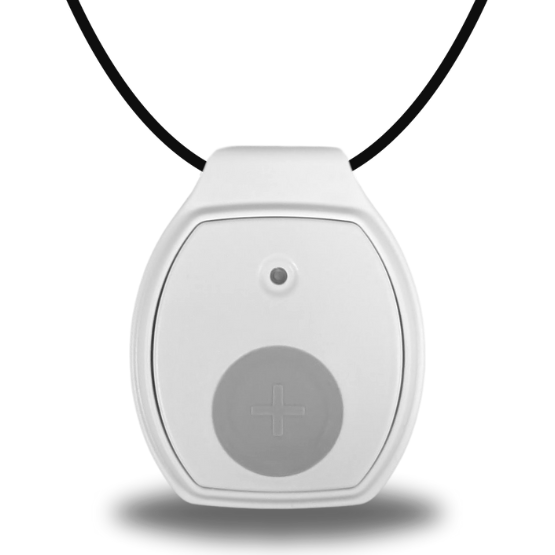


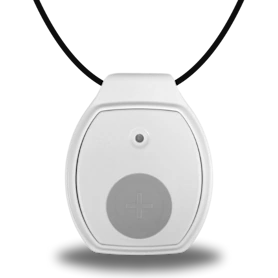
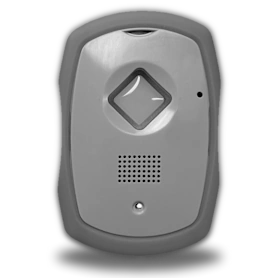
 Get Help With The Push Of A Button
Get Help With The Push Of A Button